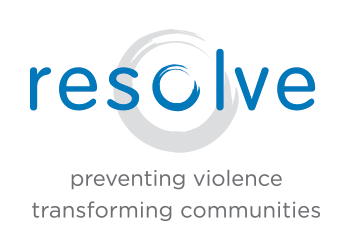Just before the Penn State scandal broke out and garnered so much attention because a popular man did nothing, there was a video of a Texas judge whipping his daughter that was making its way around the television news and the Internet. I was at the gym when I saw it on the news.
I was on my way out, so I googled it later. Unfortunately, I consider it a part of my job to know about the horrible incidences of violence being discussed in pop culture.
According to the article I read on the LA Times website, 695,000 people watched it on YouTube in the week it had been up. That same morning, I got an email from Change.org asking me to sign a petition in response to a video recorded in a classroom of one student beating another student because he was gay. There was a link to watch the video.
We used to ask ourselves why we watched so much violence in the media—in movies, television shows, etc. Now the question I ask is: why are we watching these videos of actual, real violence? Before, unless it was my family or I lived next door perhaps, I wouldn’t see real-life family violence. I wouldn’t see the physical assault of a gay teenager unless I went to that school. These are the sorts of things that turn our stomachs. They should. That feeling in the pit of your stomach is your body’s signal to you that something is wrong. If you witness or experience violence or the signals of impending violence, that signal is there to tell you to get away, defend yourself, or do something to minimize the violence as much as possible.
Why are we watching these videos?
♦◊♦
I think—perhaps generously—many watch them as a way of thinking that they are helping. People think that by watching the video and talking about it that they will change the culture somehow. I don’t want to be crude here, but no—that’s gossip. Just talking about what happened next door or across the country is just another way of doing nothing.
The Change.org email was at least asking readers to sign a petition. You see, the student who physically assaulted the other student was suspended from school for only three days. Can you imagine how terrified the other student must have been to return to school and see his assailant again so soon after the assault? We may have differing ideas about what an effective solution might be (personally I would go for educating the aggressor about issues of violence rather than relying on suspension time alone), but that email at least was attempting to do something.
Watching videos of real-life assaults doesn’t just do nothing, it undoes something. It undoes your natural response to that feeling in your stomach. It normalizes the behavior that you are seeing. If you were appalled by violence in the media before, this is something that should make you scream. Seeing violence should make us act. Simple. It should make us all call the police. It should make us make a scene or defend ourselves or others in some way. It should make us call our local crisis center or mentoring agency and ask how we can get involved. It should make us do something. Talking and “awareness” alone doesn’t cut it.
